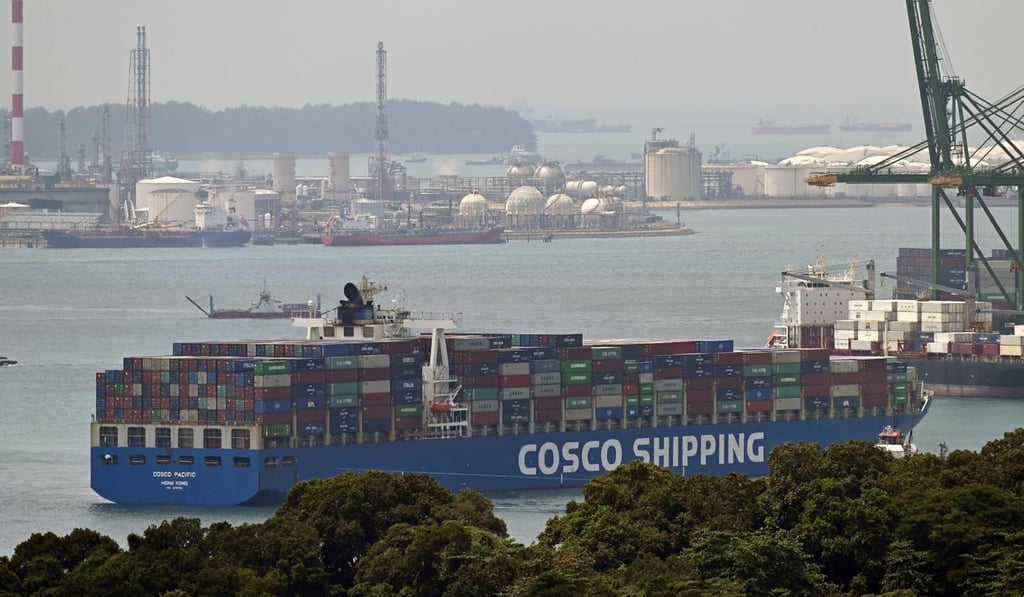What a Singapore Strait traffic jam says about the world economy
- A decade ago, the global recession created a maritime car park of ghost ships in the Singapore Strait
- Now there’s a similar stockpiling of ships, but it’s more like a traffic jam, created by burgeoning demand

Flying into Singapore’s Changi Airport, visitors often remark on the hundreds of vessels, from supertankers to freighters, anchored along the coastline. Why are there so many? What are they doing there?
A decade ago, the global recession created a maritime car park of apparent ghost ships in the Singapore Strait – vessels sat idle in the world’s busiest shipping lane as companies were going bust or did not have enough business to justify their use.

Now there’s a similar stockpiling of ships in the strait, but it’s more like a traffic jam. A growing global population that is getting materially richer means a burgeoning demand for goods.
Acting as the link between the biggest consumer markets in Europe and the Americas and China, the world’s largest exporter, the strait is one of global trade’s most important stretches of water.
Nearly 100,000 ships pass through the 105km-long waterway each year, accounting for about one-quarter of the world’s traded goods. Singapore’s Ministry of Defence predicts shipping volumes to increase 29 per cent by 2025.